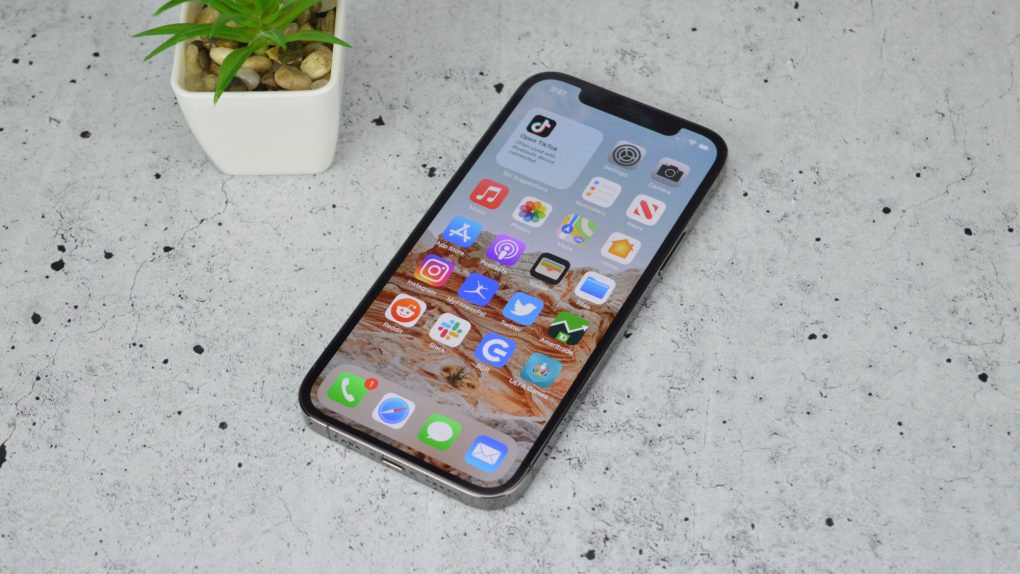The iPhone 12 and iPhone 12 Mini are the best base-model iPhones ever built. They offer an all-new flat-edged design, they finally get an OLED display, plus they offer the 5G support that will ensure future-proofing. But there’s one question — where does that leave the iPhone 12 Pro?
Sure, the iPhone 12 Pro has a third camera lens, but at first glance, that’s about the only thing that puts it ahead of the hundreds-of-dollars-cheaper iPhone 12. As a result, the iPhone 12 Pro has an uphill battle ahead of it. Much more so than the even-more-expensive iPhone 12 Pro Max.
So, is the iPhone 12 Pro worth it? Well, it kinda depends.
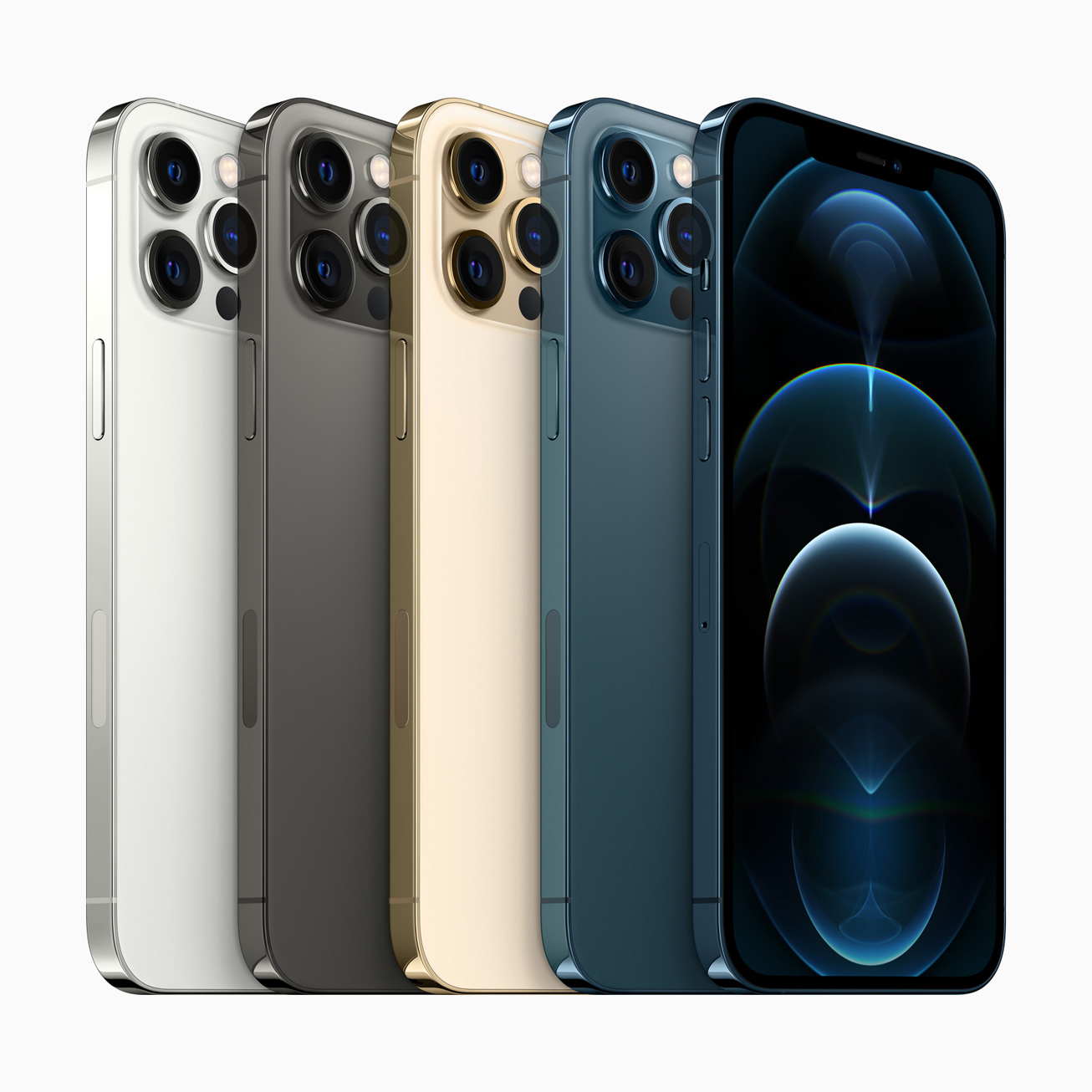 Apple iPhone 12 Pro $999.99
Apple iPhone 12 Pro $999.99
iPhone 12 Pro design and display
The entire iPhone 12 series has gotten a design refresh, and while it’s not a radical change, like the iPhone X was, but it does breathe a bit of new life into the iPhone. Gone are the rounded sides, in favor of a new flat-sided look that’s reminiscent of the iPhone 4 era. It’s a good look.
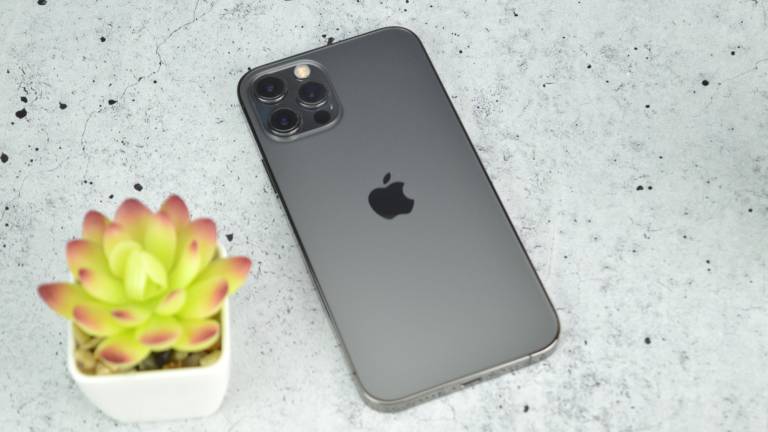
On the phone, you’ll get a glossy, stainless steel frame that’s color-matched to the rest of the device’s body, depending on the color you get. The headline-making color for this year is Pacific Blue, which is a nice deep blue. We’re reviewing the Space Gray model.
You might assume that the flat sides make for a sharp feel, but the iPhone 12 is comfortable to hold. I actually think the flat edges make for a device that’s easier to hold, though the glossy frame on the Pro models are a little slippery. Around that frame, you’ll get everything you would expect, including a ringer switch, volume rocker, power button, and Lightning port. There’s no USB-C port here folks, and we don’t expect one any time soon. There’s also a small patch on the right side of the frame, which is used for mmWave 5G support.
Like the standard iPhone 12, the iPhone, the 12 Pro has a hidden trick on the back. Support for the new MagSafe. MagSafe on the iPhone 12 series allows you to magnetically attach compatible chargers, as well as other accessories. It’s actually a pretty neat concept, and I’ve been using the wallet accessory with the iPhone 12 Pro since launch. The magnets are about the strength that I would have expected. I haven’t had any issues with accessories detaching unexpectedly. Unfortunately, MagSafe can’t be used for data transfer. Don’t expect to be able to use it with things like wired CarPlay just yet.
Also on the back of the iPhone 12 Pro is the big, square camera module. On the iPhone 12 Pro, you’ll get a triple camera setup, like the iPhone 11 Pro. It’s a bit chunky, and I look forward to the far-off day when we can return to flash cameras. I can dream, right?
The iPhone 12 Pro features Apple’s new Ceramic Glass on the front and the back. Apple says this glass is 4x more shatter-resistant, though it doesn’t mention anything about scratch resistance. We did not drop-test the iPhone 12 Pro to test the strength of the glass.
The iPhone 12 Pro also keeps the iPhone’s notch. I really like Face ID, and I don’t mind a notch if it means I get Face ID. At the same time, however, the notch has been there for four years now, and it’s starting to look a little dated. We’re hoping Apple can start to miniaturize the tech for the iPhone 13 series.
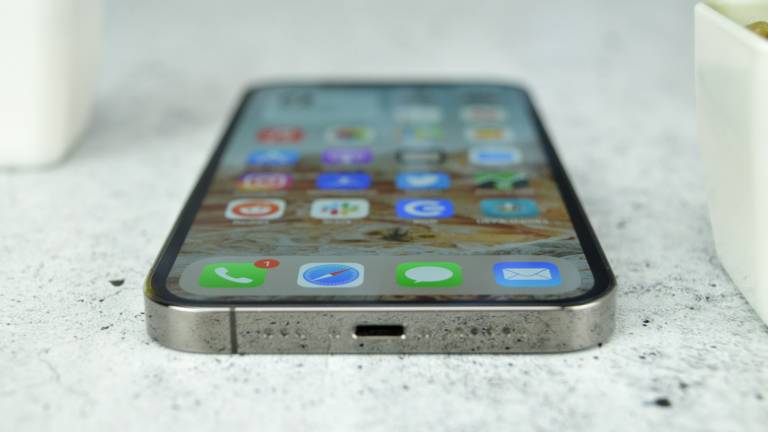
The display on the phone is great. It’s a 6.1-inch OLED display, like the standard iPhone 12, but unlike the lower-end device it has an 800-nit typical brightness, or up to a 1200-nit peak brightness when viewing HDR content. It is a noticeable difference over the 625-nit typical brightness on the iPhone 12, but it’s not like the standard iPhone 12 can’t get bright enough, and it’s not worth buying the iPhone 12 Pro just for that extra brightness.
You won’t get a high refresh rate display on any device in the iPhone 12 series. It’s a bit of a bummer that the feature is missing. Even cheaper competition at this point offers a high refresh rate display. Hopefully we’ll get a 120Hz ProMotion display on the iPhone 13 series.
iPhone 12 Pro performance and battery
Under the hood, the iPhone 12 Pro offers Apple’s new A14 Bionic chip, which is the most powerful iPhone chipset Apple has released to date. And, you can tell. The phone is responsive, loads apps and games quickly, and handles multitasking with ease.
Of course this isn’t new for an iPhone. The iPhone 11 series before it was already an excellent-performing phone. You won’t really notice a radical different between the iPhone 11 Pro and iPhone 12 Pro in day-to-day use. That may change at the end of these phones’ life-span though — especially considering the fact that the iPhone 12 Pro will likely support one more version of iOS than the iPhone 11 Pro.
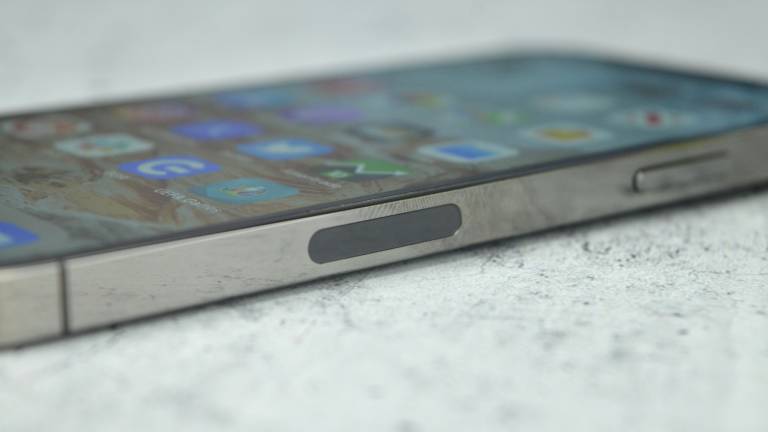
The base model of the phone comes with 128GB of storage, which isn’t bad. It can be upgraded to 256GB or 512GB.
On the iPhone 12 Pro, you’ll also get support for 5G. This isn’t going to radically change your web-browsing experience right now. It does, however mean that as 5G networks continue to roll out, the device will support them.
The battery life on the device is pretty good. Apple rates the battery as offering up to 17 hours of video playback, and in day-to-day use, I found that the device was easily able to get through a full day of use, and into the next day. The device also supports both Qi wireless charging and wired fast charging. So, even if you do race through the battery, you should be able to top it up again relatively easily.
iPhone 12 Pro camera
Design aside, perhaps the biggest upgrade to the iPhone 12 Pro, over the iPhone 11 Pro, comes in the form of a new camera. Like the iPhone 11 Pro, the iPhone 12 Pro has a triple camera setup, with one 12-megapixel main camera, one 12-megapixel telephoto camera with 2x optical zoom, and one 12-megapixel ultrawide camera. The upgrades come in the form of a wider aperture on the main camera, which lets more light in. In turn, that helps make for better, brighter photos in low light, and more detail all-around.
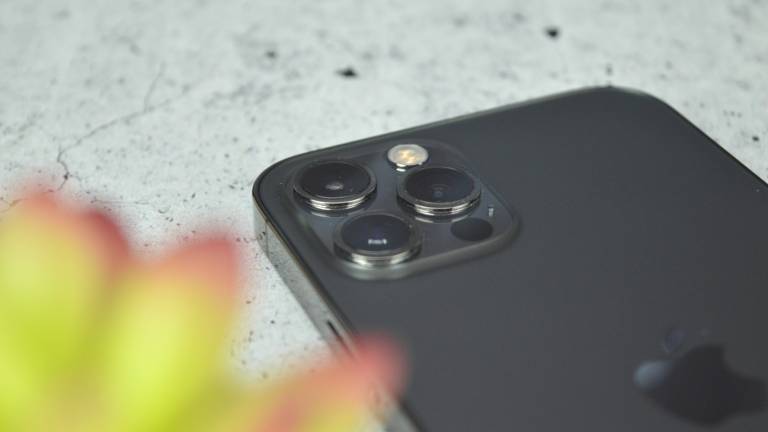
Generally speaking, the device is able to capture excellent photos. Every year, Apple seems to be tuning its cameras to offer a little more contrast, and this year is no exception to that rule – however the iPhone 12 Pro still doesn’t quite match the contrast level of the Google Pixel 5. That’s not a bad thing – just a difference between the phones.
It’s important to make a note about the telephoto camera on the iPhone 12 Pro. Apple markets the iPhone 12 Pro as offering a 4x optical zoom range, which is technically true. But it’s only true considering the fact that it has a 0.5x ultrawide camera and a 2x telephoto camera, which means that the difference between the two extremes is 4x. You can’t actually zoom in to 4x on the iPhone. Hopefully Apple will improve on the telephoto camera for the iPhone 13 series.
The phone also gets a new feature from the iPad Pro – a LiDAR sensor. The LiDAR sensor will likely ultimately play into augmented reality applications, however for now those are still a little limited. Until then, it helps make autofocus quicker. It does indeed feel like the iPhone 12 Pro’s autofocus is very fast.
The iPhone 12 Pro also performs excellently in capturing video – though that’s not surprising. The device can now capture Dolby Vision video, which makes video brighter, with more dynamic range. Indeed, video captured on the phone is beautiful, especially on the device’s own display.
Thankfully, Apple has built some pretty fancy tech into the iPhone to make sharing Dolby Vision video easier and more compatible across devices. Basically, the phone captures Dolby Vision video in a backward-compatible format of Dolby Vision that works with other types of displays. In other words, if you try and play back a video shot on your iPhone on an SDR display, it will play it in SDR. If you want to play the video on a HLG display, it will play it in HLG. And, if you have a full Dolby Vision display, you’ll view Dolby Vision video, as long as the versions line up.
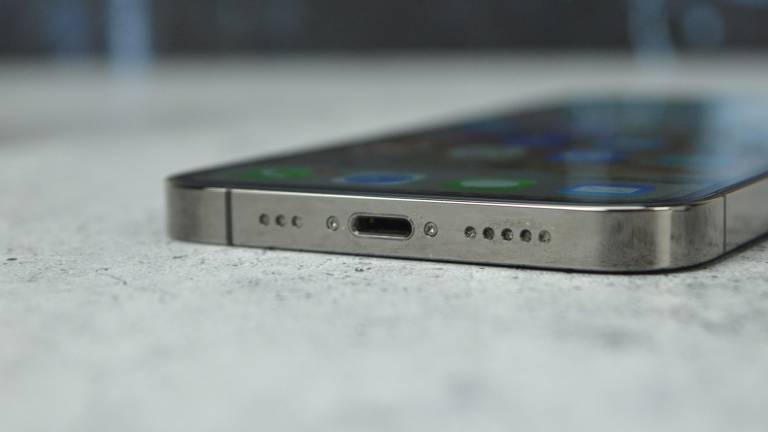
There’s an elephant in the room, and that’s the iPhone 12 Pro Max. Unfortunately for those that don’t like huge phones, the iPhone 12 Pro Max has extra features. That includes a larger main camera sensor, and Apple’s new sensor-shift stabilization tech. But it also costs even more money. I don’t love the idea that Apple is adding new features to the iPhone 12 Pro Max without releasing them to the iPhone 12 Pro too. Customers should be able to buy a phone based on size alone. Based on most reviews, it does seem as though the iPhone 12 Pro Max can take slightly more detailed photos.
Generally, the iPhone 12 Pro is able to capture excellent photos and videos – and either on-par with, or better than, the competition. That’s no surprise – but it’s nice to see Apple keeping up.
iPhone 12 Pro software
This isn’t an iOS 14 review, so we’re not going to dive into its features. But we will quickly run through some of the newer updates, including those on offer in iOS 14.5.
New in iOS 14 is the ability to add widgets to the home screen. Those widgets are redesigned, and they look great. Since launch, I’ve mostly stuck to using a Smart Stack on the home screen. It works well. I don’t, however, love the fact that the new widgets are pretty much limited to glanceable information, and that you can’t really interact with them. Before the redesign, I could check off reminders as I get things done. Now the Reminders widget just boots me into the app, which kind of defeats the purpose.
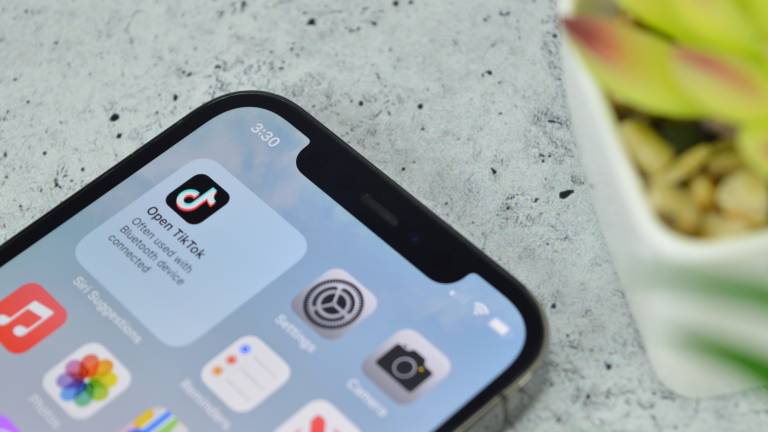
A more recent change to iOS comes in iOS 14.5, in the form of App Tracking Transparency. This essentially forces services like Facebook and Google to ask users to allow tracking across apps. It’s another boost to the privacy on offer by the iPhone. You can even tell your phone to not even ask you.
Generally, iOS 14 and iOS 14.5 are natural steps forward for the mobile operating system. iOS 15 is also on the way. The new operating system will bring refinements to Maps, FaceTime, and more, when it launches in the fall.
Conclusions
The iPhone 12 Pro is an upgrade over the iPhone 11 Pro, but it’s a relatively minor one. The camera is a little better, and the design is pretty different. But if you have an iPhone 11 Pro you won’t notice much of a difference. If, however, your phone is a few years old or more, and you’re willing to spend $999 or more on a phone, the iPhone 12 Pro is the way to go.
The competition
Of course, there’s another iPhone that’s also worth considering – the iPhone 12. This year, the iPhone 12 and iPhone 12 Pro are pretty close in features. So much so that for most, the standard iPhone 12 is definitely the way to go. If you really like having that telephoto camera, the shiny frame, and so on, then the iPhone 12 Pro is worth buying instead. Everyone else, however, should save their cash, or spend the extra money on the iPhone 12 Pro Max. You can read our full review of the iPhone 12 here.
There are some Android options out there too, for the four people not tied to an ecosystem yet. If you really want a versatile camera, then the Samsung Galaxy S21 Ultra is probably the way to go right now. Alternatively, there’s the OnePlus 9 Pro, which offers that much-loved stripped-back OnePlus software.
Is the iPhone 12 Pro worth buying?
Yes, however it’s worth thinking hard about if the minor improvements over the iPhone 12 are worth it. It’s also worth keeping in mind the fact that the iPhone 13 Pro will likely be released in a matter of a few months.
